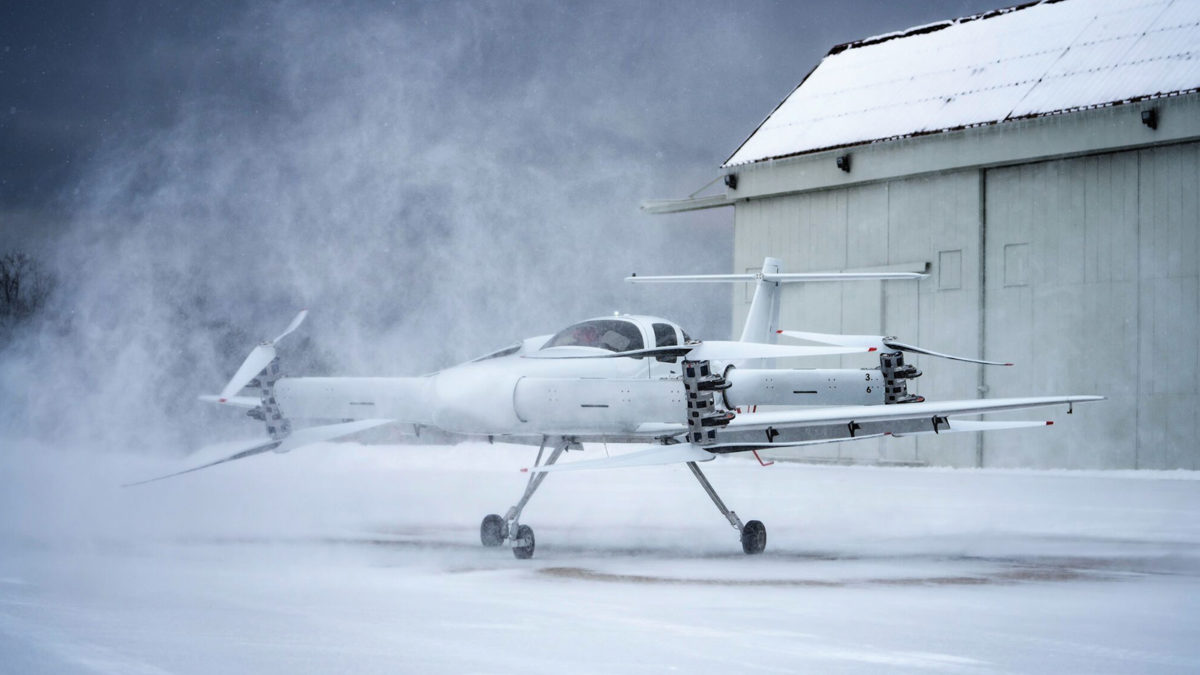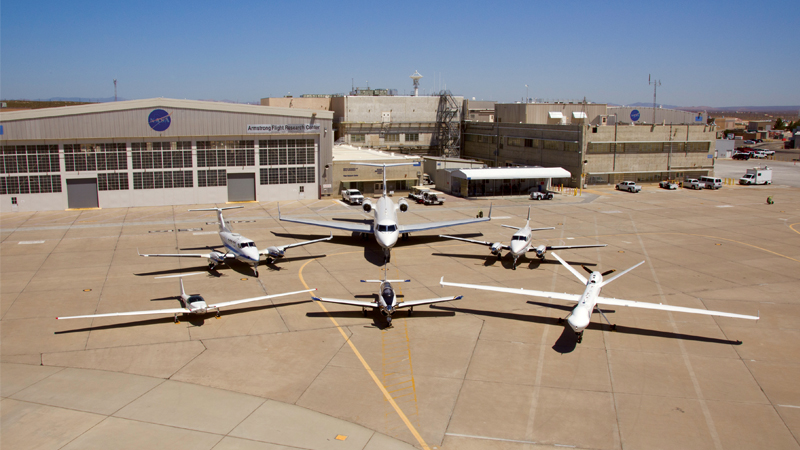Flight testing begins for new urban air mobility, electric propulsion aircraft
By Kenneth H. Goodrich|December 2019
The Transformational Flight Integration Committee serves as a focal point for a community of practice engaged in technical, business and societal issues associated with transformational approaches to on-demand air mobility enabled by the convergence of advanced technologies.
The pace of on-demand air mobility continued to accelerate during 2019 with multiple companies revealing new aircraft development programs and conducting initial flights of full-scale vehicles.
In January, Beta Technologies of Vermont flight-tested a piloted, experimental tilt-rotor electric vertical takeoff and landing aircraft at Plattsburgh International Airport in New York. Videos showed the aircraft flying in challenging winter weather. Also in January, Bell exhibited a full-scale replica of its Nexus aircraft, a tilt-duct eVTOL configuration, at the Consumer Electronics Show in Las Vegas. The Nexus has four dedicated passenger seats and a fifth seat for a pilot until self-piloting vehicle technology has been matured and certified. Boeing’s Aurora Flight Sciences conducted the first flight of its full-scale, two-passenger Passenger Air Vehicle in January at its Virginia facility. After four test flights, the prototype was damaged in a crash following an in-flight failure of one of its six lift fans.
In May, Lilium Aircraft of Germany completed the first flight of its five-seat, all-electric ducted-fan eVTOL aircraft. Flown as an unmanned aircraft, the prototype demonstrated takeoff, hovering and landing. Airbus Helicopters conducted a first, unmanned, tethered test flight of its four-seat City Airbus multicopter aircraft in May in Germany. Also in May, Alaka’I Technologies of Massachusetts revealed a full-scale replica of a five-passenger, hydrogen fuel-cell-powered multicopter with a projected endurance of up to four hours. As of the end of September, Alaka’I was working with the FAA to establish a certification basis for the aircraft; it reportedly began testing a flying prototype in May.
The past year also saw developments important to the technical realization and societal integration of on-demand air mobility. In January, Georgia Tech’s Center for Urban and Regional Air Mobility hosted its launch event, bringing 100 academics, entrepreneurs and policymakers to Atlanta for a daylong conference to envision the specific local and state opportunities and challenges related to on-demand air mobility.
In March, the Go Fly Prize awarded five teams $50,000 each in Phase II prizes. The Go Fly Prize is an international, two-year, $2 million competition to foster the realization of safe personal vertical flight. The Phase II awards were made based on quality of design and progress toward flight demonstration scheduled for February 2020.
In July, the European Union Aviation Safety Agency published “Special Condition for Small-Category Vertical Take-Off and Landing (VTOL) Aircraft.” While reducing regulatory uncertainty, the special conditions established relatively challenging requirements for these novel vehicles. For example, for VTOL aircraft intended to operate over densely populated areas or intended for commercial passenger service, system design assurance levels are more similar to transport aircraft than small airplanes or helicopters.
In October, NASA released a solicitation for its first Urban Air Mobility Grand Challenge and GC-Developmental Testing. The goal of these events is to improve urban air mobility safety and accelerate scalability through integrated demonstrations of candidate operational concepts and scenarios. The solicitation seeks the participation of aircraft developers and airspace service suppliers to participate in the challenge.


































